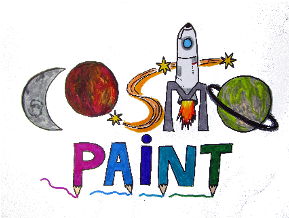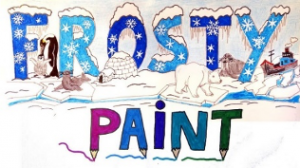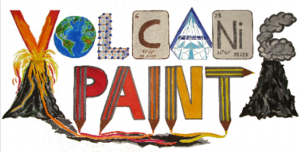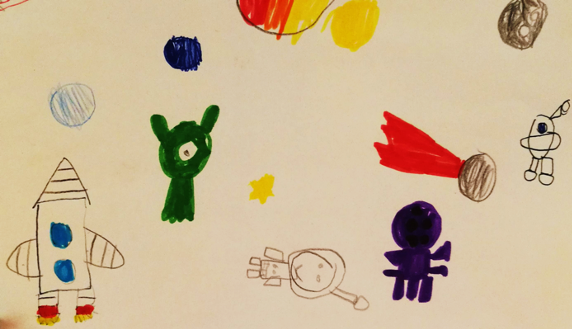Inspiring Stories – A picture is worth a thousand words
In this EPEC Inspiring Story, Maike Brigitte Neuland, an early career scientist at the Swedish Institute of Space Physics (IRF) in Kiruna/Sweden, shares her experience preparing and organising an international painting challenge for kids.
Language, spoken or written, is the only way to communicate and discuss scientific questions, complex solutions, and to share experience and knowledge. Several thousand languages are spoken worldwide. Working in a field of science and/or technology, we naturally hold meetings and read publications in English. In between, we may take notes of measurement results and conclusions, or send a text to our family, in our mother tongue.
“Most of the fundamental ideas of science are essentially simple, and may, as a rule, be expressed in a language comprehensible to everyone.”
Albert Einstein
Breaking down our research field, and scientific topics in general, into a simple language that is understandable also to children is already a difficult task, at least for many of us. And if doing outreach projects with children, we are bound to our mother tongue, plus English, plus some other languages we might know.
The General Assembly of the European Geosciences Union (EGU) is a conference with more than 10,000 participants every year. For scientists who are parents, the conference offers child care where kindergarten workers take care of children with a vast range of ages, while their parents attend the meeting. Together with a group of early career scientists of the EGU Planetary and Solar System Sciences (PS) division, we had the idea to organise a painting competition for the children staying at the EGU child care in 2017. The topic of this drawing contest should be, of course, related to space research. To inspire the kids and to give them an idea of what they should draw for us, I wrote a little text in English:
Expedition to space
Far away from Earth, there exist endless other planets, stars and galaxies. Years ago, humans successfully travelled to the Moon for the first time. The astronauts landed there and measured what the air and the soil there are made of. What do you think? Will humans also travel to planets, where the journey takes much more time than to the Moon?
What do these people do on the Moon or on other planets? They are interested in how it looks like there, if plants are growing there, what the soil is composed of and if perhaps it would be possible to live there. How do you imagine such a journey in space? What does a research station on another planet look like? And what do the people, who are working there, look like? Which tools and which vehicles do they use to explore their surrounding?
Help us to design such a research station! Make a drawing of the researchers during their life in space, of their work and their adventures!
But of course, as the nationalities of the conference participants were diverse, so were the languages spoken by their children. So the problem we were facing, was how to communicate the topic to all children.
“I feel it is unnatural and immoral to try to teach science to children in a foreign language. They will know facts, but they will miss the spirit.”
C. V. Raman
As diverse as the languages spoken at a conferences, so are the nationalities and mother tongues of my current and former work colleagues, and my friends. With the help of many people, I reached out to get my little text translated into 20 more languages! And with help from the parents at the conference, reading the text to their children in their mother tongue, it was fantastic to see how children imagine space research. And finally, it was an amazing experience for me to realise that even though I could not speak the language of a child, it still was possible to ask them what their drawing means and to get an answer that I could understand.
The painting competition was appreciated very much by everybody, and it also took place as “Cosmo Paint” in 2018, and became an established event at the conference child care. But since the divisions of EGU cover a wide range of geo- and planetary sciences, the topic of the event is now moving around through all divisions. In 2019 we could see many drawings of penguins, arctic ships and snowflakes (Cryospheric Sciences division, CR). And the “Volcanic Paint” at the next EGU general assembly will cover the world of geochemistry, mineralogy, petrology and volcanology (GMPV division).
“The finest language is mostly made up of simple unimposing words.”
George Eliot
Note: You can find the booklet with all translations for download. Please do not use it without citing the author, but have fun using it.
“What is that we human beings ultimately depend on? We depend on our words. We are suspended in language. Our task is to communicate experience and ideas to others.”
Niels Bohr
Do you like this story and want more? Browse our archive of EPEC Inspiring Stories and get inspired!









